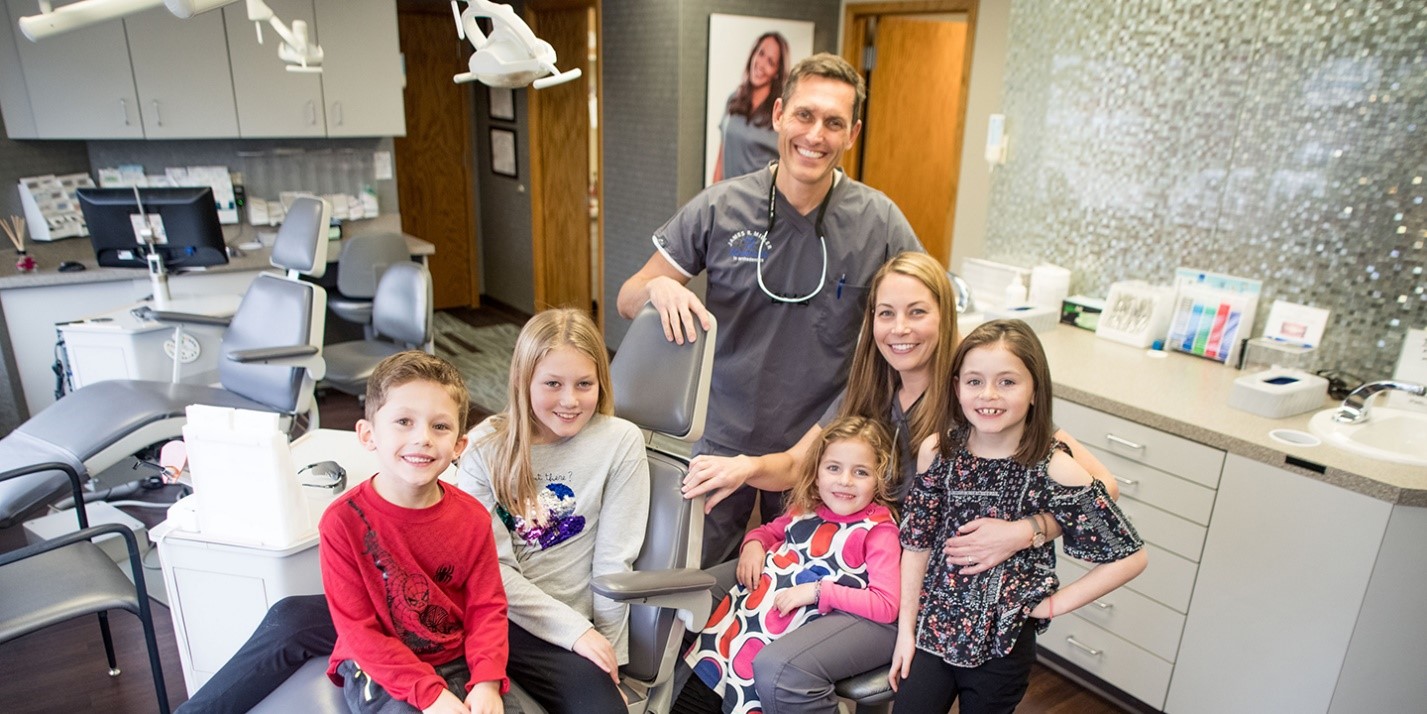Caries is a disease of the oral cavity aimed at tooth decay. Enamel becomes thin and begins to crumble. Children, like adults, are often prone to tooth decay. However, it is worth remembering that the development and diseases of deciduous teeth largely affect the formation of permanent teeth in the future. Therefore, if you begin to treat caries in childhood, this will help an adult in the future not to have problems with teeth.
The development of caries in children and its causes
Caries is a disease of the oral cavity aimed at tooth decay. In the process of its development, demineralization of tooth tissues, their softening is observed. Enamel becomes thin and begins to deteriorate, and then the process affects the internal structure of the tooth. The disease occurs due to the activity of harmful bacteria and microorganisms that produce some organic acids. It is due to a violation of the acid balance that the enamel destruction process begins.
Caries in children occurs for many reasons, such as:
- Heredity
- Lack of proper hygiene and dental care
- Decreased immunity due to disease
- Malnutrition
- Prolonged use of a bottle nipple
- Children are very fond of sweets and often eat chocolates and sweets in excessive quantities. The sugar content in the oral cavity increases and is the optimal environment for the development of microflora. Very young children are used to falling asleep with a bottle nipple in their mouth, in which there are leftovers.
Finally, children must be taught from the first years of life to high-quality and thorough brushing. However, many adults are not sufficiently watching how the child brushes his teeth. As a result, often children generally evade using a toothbrush.
Features of the development of milk caries
Caries treatment should be started as early as possible. We recommend treating baby teeth, starting from the age of 1.5-2 years. In this case, treatment is required in a timely manner. If the milk tooth is already loosened, the meaning of curing tooth decay is lost – after all, the formation of a permanent tooth begins.
Caries develops in stages; therefore, in the process of tooth decay, several stages can be distinguished, namely:
- Superficial caries
- Caries is average
- Deep caries
With superficial caries, the damage to the tooth is still small. At this stage, the enamel is just beginning to break down; the process does not affect the inside of the structure. In this case, the specialist may not even use dental equipment. Superficial caries cause pain when acidic or sweet foods get on the tooth and can be cured with silver-containing pastes or fluoride gels. Medium caries already affects the inside of the tooth. At this stage, combat sensations can arise not only from taste stimuli, but also from temperature changes (when hit by cold or hot). Such caries is subject to filling; first, the clinic doctor removes the darkened, destroyed dentine layer. Deep caries is an advanced stage of the disease. The tooth is almost destroyed with it, there may be a flux or inflammation of the gums. Therefore, with deep caries, filling is impossible, the only way out is to remove the tooth completely.
New treatments for children with caries
In order to relieve the baby from stress during a visit to the doctor, parents must not only monitor the condition of his tooth, but also, together with dentists, carry out preventive measures. Alternative methods for curing caries have been developed that do not involve the use of a drill. They are primarily aimed at treating decay of deciduous teeth, since far from all of them are suitable for adults.


